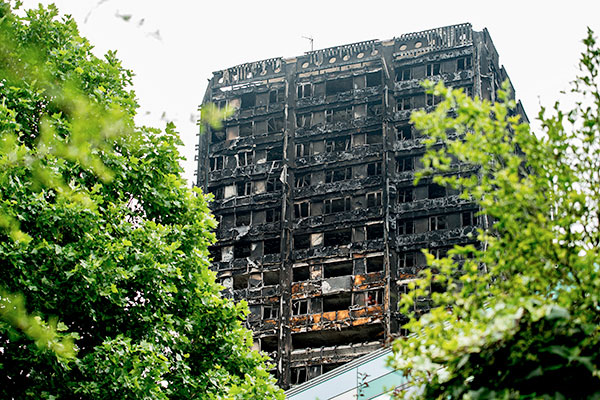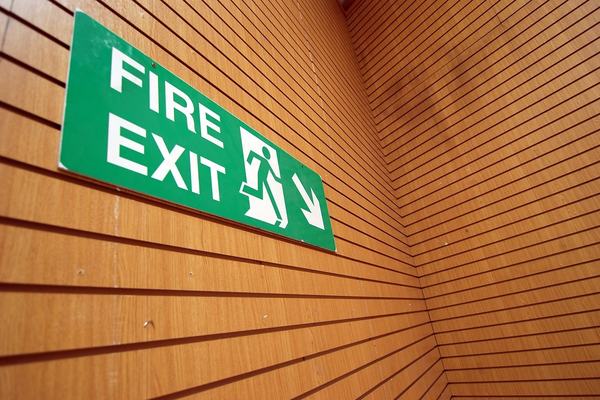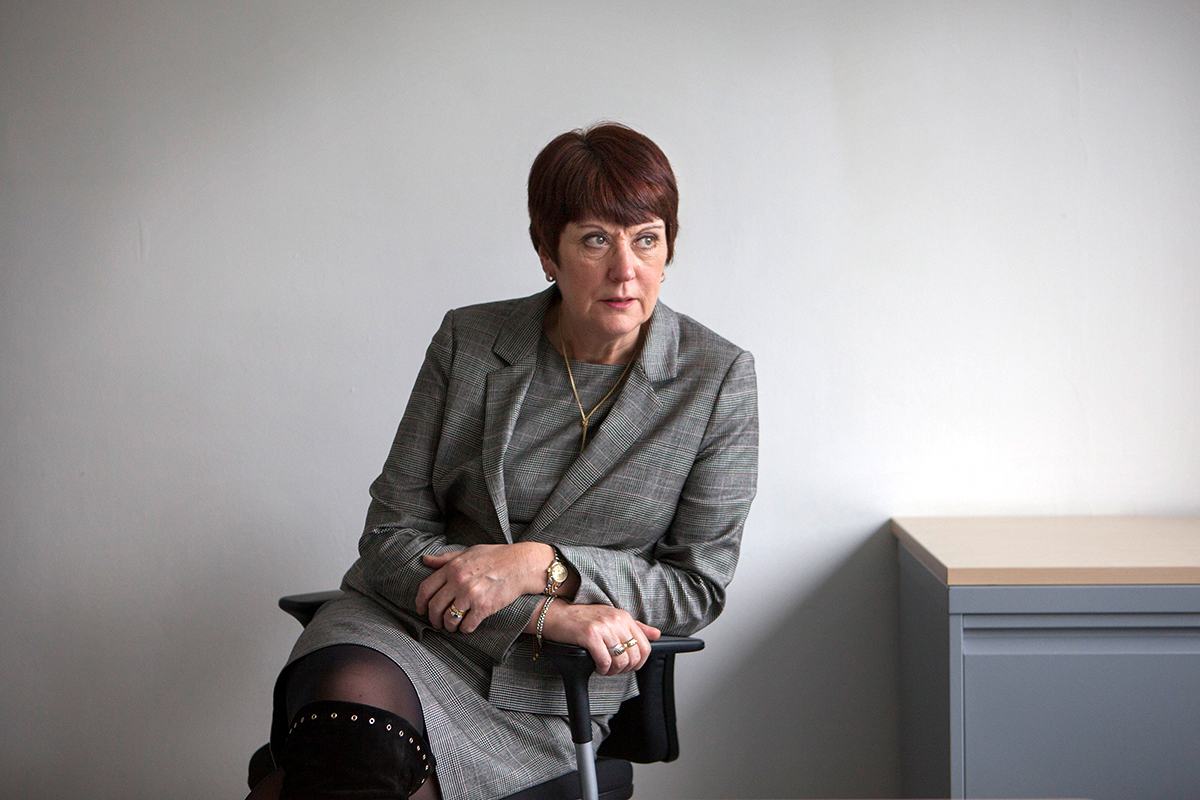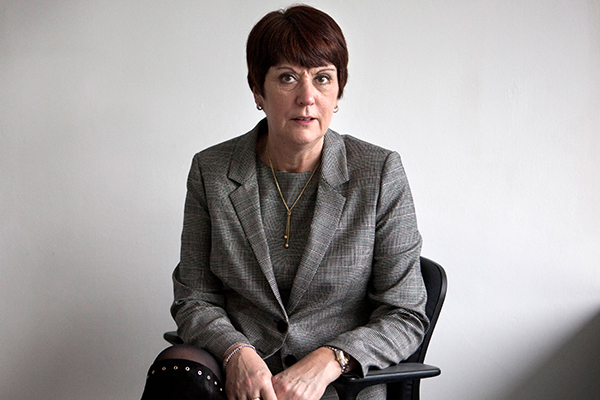You are viewing 1 of your 1 free articles
Hackitt: system of large-scale testing carries fire safety risk
Dame Judith Hackitt has said using limited combustibility materials on high rises is “the low-risk option” compared to large-scale testing, in a letter to MPs.
Dame Judith, who is leading the government’s review of building regulations in the aftermath of the Grenfell Tower fire, wrote to a committee of MPs about her approach today.
Current building regulations permit the use of combustible insulation so long as it passes a large-scale fire test. The industry has also used data from these tests to clear untested combinations of systems.
In her letter today, Dame Judith said she believed avoiding the use of combustibles altogether was the “low-risk approach”.
“There is currently a choice between using products of limited combustibility or undergoing a full-system test,” she said. “Current views vary on whether or not the guidance is clear on this. For the future, my view is clear that the former is undoubtedly the low-risk option.
“Where the person undertaking the work chooses the latter option, not only must they ensure that the full system is tested, but they must also ensure that the potential risks are mitigated by ensuring the system is properly installed and maintained throughout its life cycle.”
The insulation used on Grenfell Tower was combustible – made by insulation firm Celotex from a plastic known as polyisocyanurate. It passed a large-scale test in 2014 in combination with non-flammable cladding, but that result has since been withdrawn due to inconsistencies.
The working group for Dame Judith’s review that will consider the future approach to testing is chaired by the Building Research Establishment, the private company which currently runs many of the tests.
In her letter, Dame Judith also responded to criticism from groups including the Royal Institute of British Architects in recent weeks for suggesting she would not back a ‘prescriptive’ system of regulation.
The letter set out her view that “an outcomes-based system” was the best way to achieve good regulation “as opposed to a system that ‘tells people what to do’”.
However, she added: “I do agree that there is a need for some prescription within regulations and guidance, but it is a system with clear roles and responsibilities, clear permission points and strong enforcement and sanctions that will drive the culture change towards intelligent thinking that will in turn deliver safe building outcomes.”
In a footnote to her letter, Dame Judith repeated her view that building regulations require cladding panels, as well as insulation, to be limited combustibility.
The standard for external walls set in Approved Document B is ‘Class 0’. This is a lower standard than the ‘limited combustibility’ required for insulation. It was met by the aluminium composite on the outside of Grenfell and other buildings where cladding is now being removed.
Many industry figures, including major building material companies, have told Inside Housing they believe the guidance would have therefore made the use of the cladding legal.
But the government has rejected this view since the fire, arguing that the plastic inside the aluminium sheets should be considered insulation.
In the footnote to her letter, Dame Judith wrote that “the scope of paragraph 12.7 [on insulation] extends to cladding”.
External cladding is fully ventilated and has no insulation function. It is designed to keep the insulation dry.
The Hackitt Review
Photo: Tom Pilston/Eyevine
Dame Judith Hackitt’s (above) interim report on building safety, released in December 2017, was scathing about some of the industry’s practices.
Although the full report is not due to be published until later this year, the former Health and Safety Executive chair has already highlighted a culture of cost-cutting and is likely to call for a radical overhaul of current regulations in an interim report.
Dame Hackitt’s key recommendations and conclusions include:
- A call for the simplification of building regulations and guidelines to prevent misapplication
- Clarification of roles and responsibilities in the construction industry
- Giving those who commission, design and construct buildings primary responsibility that they are fit for purpose
- Greater scope for residents to raise concerns
- A formal accreditation system for anyone involved in fire prevention on high-rise blocks
- A stronger enforcement regime backed up with powerful sanctions














